KOREA

"KOREA" tea/coffee set. The service set may vary according to its purposes of use. There are no objects which functions are set only in one direct way: some of them might be used for sugar of tea. That’s why I give a viewer chance to handle with all objects spontaneously; and no imaginations limits again. The most important thing for me is the affordable use of this set by people living in the Eastern parts, European part of the continent and other cultures representatives. In such a way I’ve created set of objects, which characterize my service as International with discreet Asian elements.
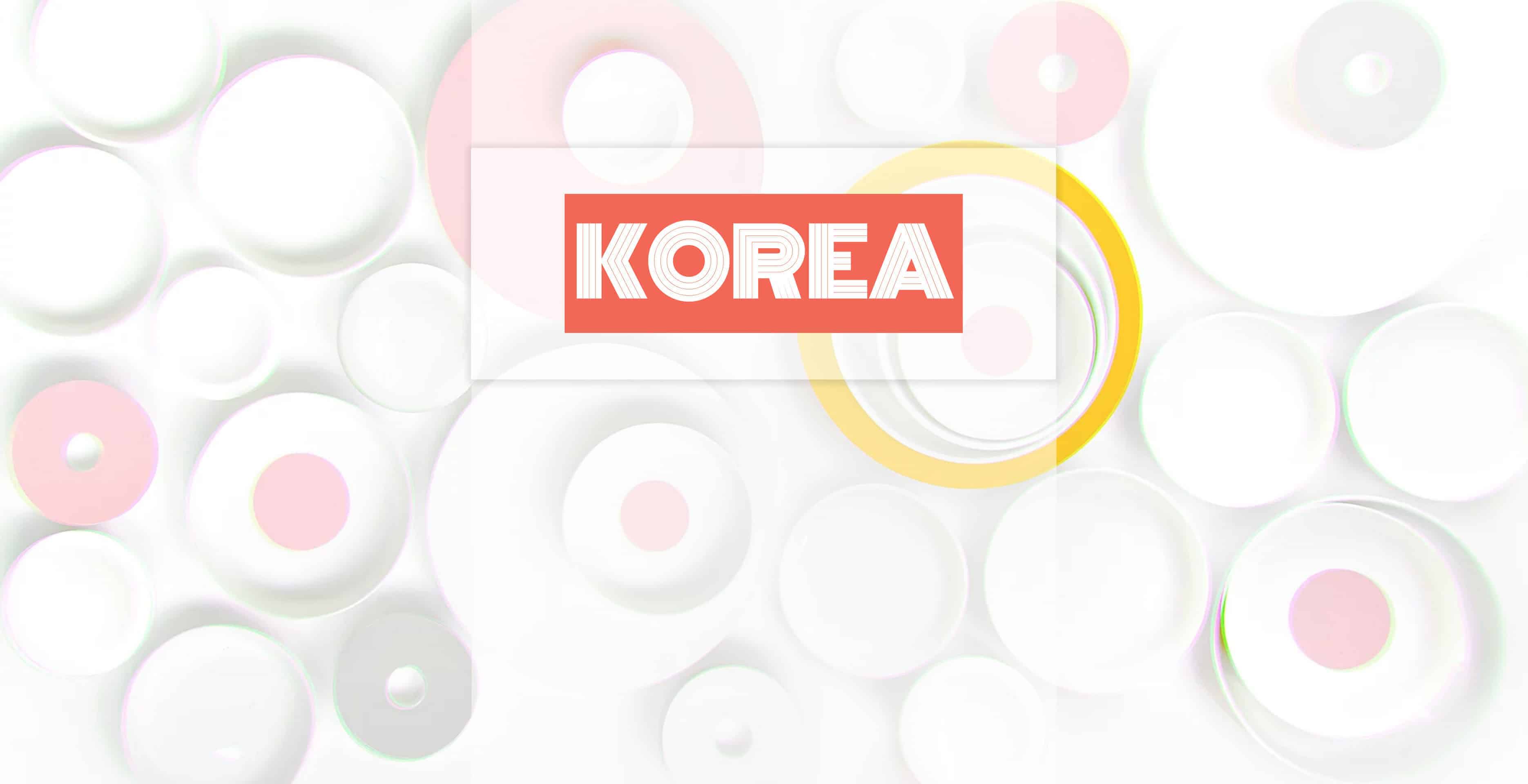
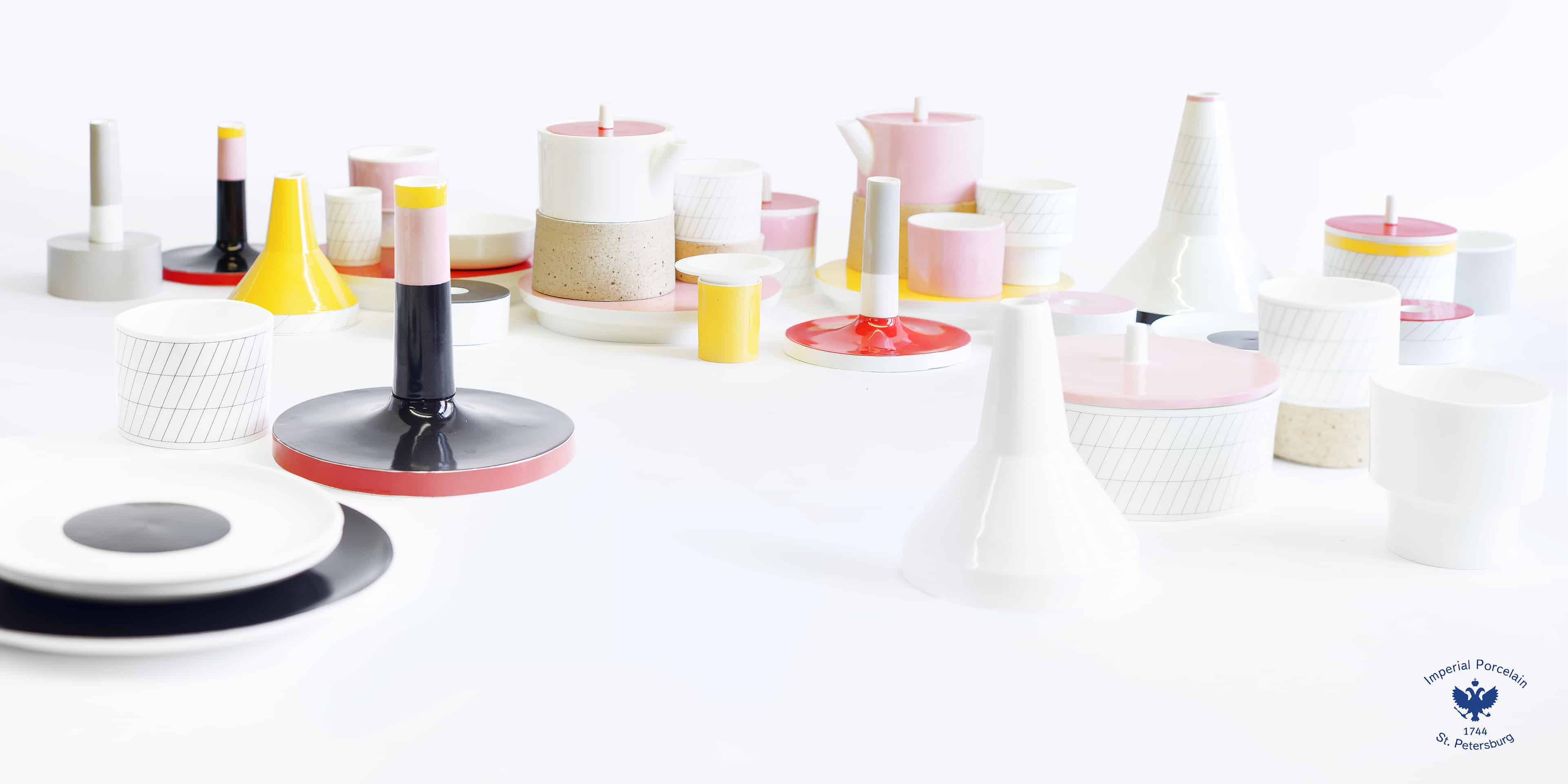
I was born and brought in Siberia, in the region where the most part of the year snow covers lands, that’s perhaps the main reason why I love color so much, the reason why I try to defend this love with ‘help’ of art, creating varied forms and issues as amongst art works as in sculpture. To my mind, I was inspired by travelling: to China, trips around the European countries (Finland, Italy, Norway, Vatican, Lithuania, Latvia, Moldova). It’s hard for me to stay impartial towards modern design also. Talking about my project the impact was molded by such artists, designers, and architectures as: Alvar Aalto (Finland), Minoru Yamasaki (USA), Anish Kapoor (UK), Ettore Sottsass (Italy), and many others. During a few years I had a chance to visit porcelain and china manufacture in different countries, for instance ARABIA in Helsinki. Some time later I have been to Aalto University School of Arts, Design and Architecture: in that place I realized the whole gamut of artistic opportunities that might have helped me with my project subject. Hence I decided to use porcelain as material for my future project: I fall in love with this material after my Chinese journey where I was watching Chinese craftsmen using pure laconic forms, performing them in an absolutely authentic way. I suppose I was able to get an unusual mixture of Eastern and North European styles, which aesthetic is rather common. Thus plane cylinders, cones, tetrahedrals may as be found amongst Finnish, Swedish, Norwegian modern architecture, as amongst Korean, Japanese, and Singapore. The architectural form runs style quite often; style, within which the interior is being accomplished. My observation are leading me to such an outcome: nowadays the international style is actual again, this style may be blended with a slight accent, which echoes this or that cultural peculiarities connected with buildings’ location. That’s how architecture has a huge impact on all types of art. In turn I can’t miss and ignore some tendencies in its modern nature complimenting my service with variety of elements, treating the form and the colour in a very delicate way at the same time. Currently I’ve come to a decision create plane form and minimalistic décor.
My view of Korea has been set by sorting out of different information pieces about Asian countries culture: one way or another, neighbored countries did influence Korea during its historical development pattern. As well, I considered modern and classical ceramics, certain artists, representing Korea on the art global stage. Korea is a modern highly developed country, which traditions are still highly evaluated and kept amongst generations. Its rich in ornament traditional costumes, full of harmony and elaborated in proportions color approaches ─ all these were taken into account during the project was being completed. During the project work I have been recognizing some Japanese culture elements (Japan had a huge influence on Korea during 1910 ─ 1940). I wish I hadn’t been to Korea, but I will do it in the nearest future I hope.
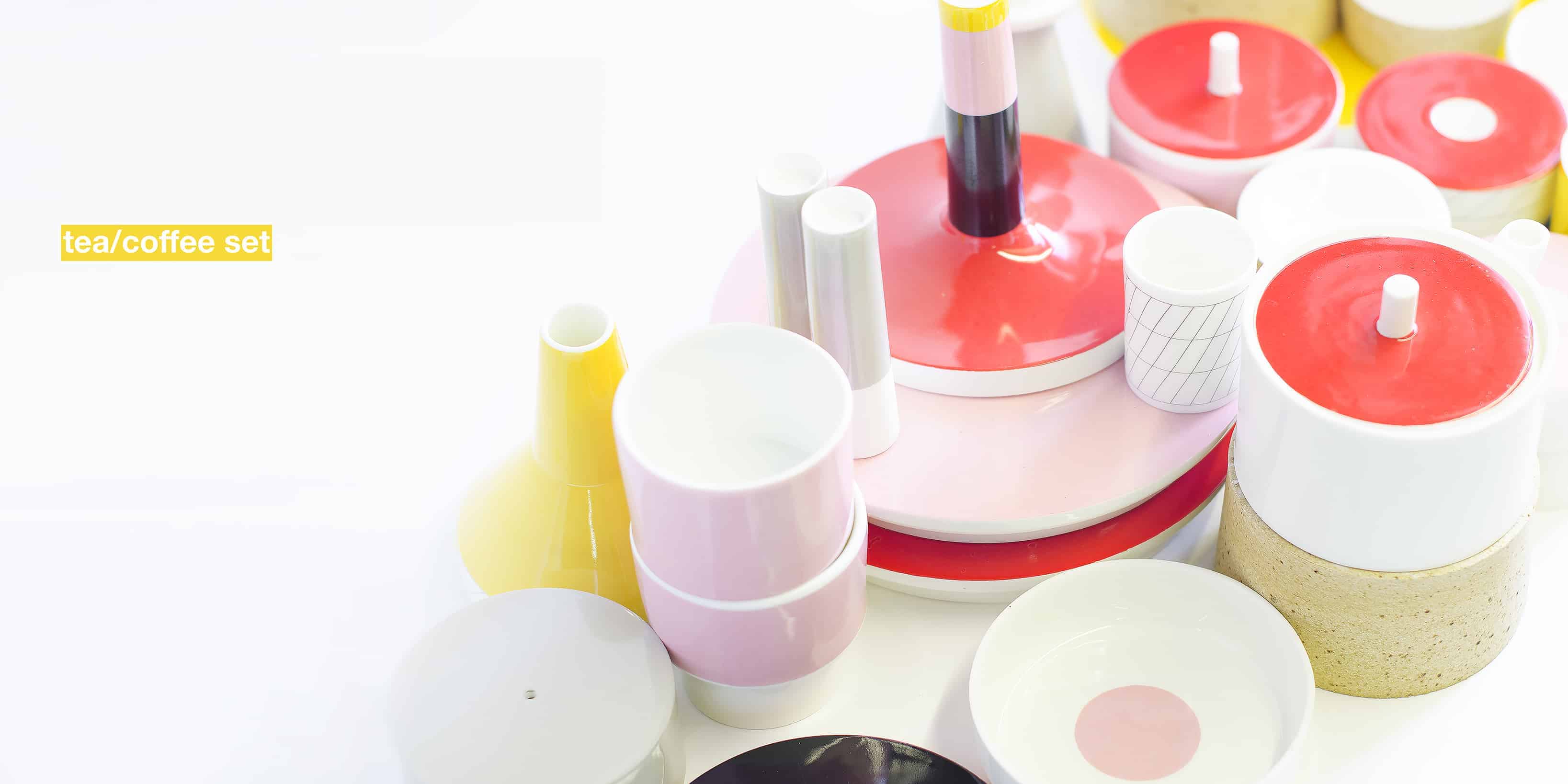

As a basic material for my project I’ve chosen porcelain, which is the most suitable material from practical and aesthetical points of view. Porcelain affords to solve the manufacturing issue for consumer majority. All objects are made from bone china due to decrease deformation risks (the current one is by its usual patterns). I had to create the majority of supplementary shapes, which were being molded from porcelain and annealed with the bone china at the same time under 1250 degrees. Afterwards the service was being glazed, annealed again, after it was being colored. Pigments were applied with aerograph and decol usage. After paint layer the service was annealed again, and then I was able to start with ornament matters. There are mounts for some service objects, made from chamotte molded into plaster form. That approach affords me to reduce the pure color intense in the assemble. These chamotte forms allowed me to launch the new grade line, which follows the objects’ foundation and varies due to the form presence, hence different variants of table setting is affordable.
During the work process the material was corrected in its several parts. Thus I have to spend much more time on performing this project as I supposed I might be needed. There is need to ‘live’ with these object for revealing all strengths and weaknesses, which hard to set during the project usual deadline.
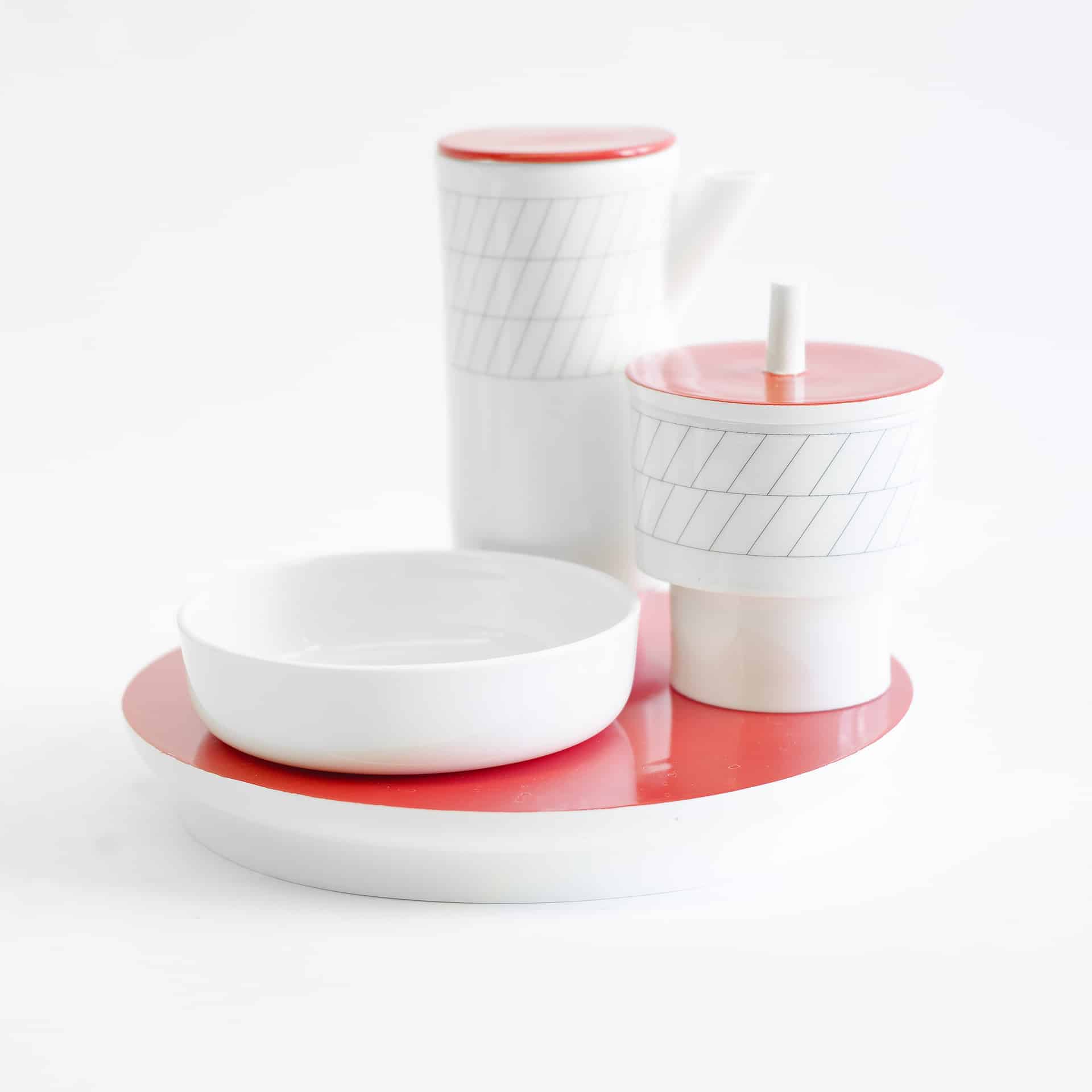
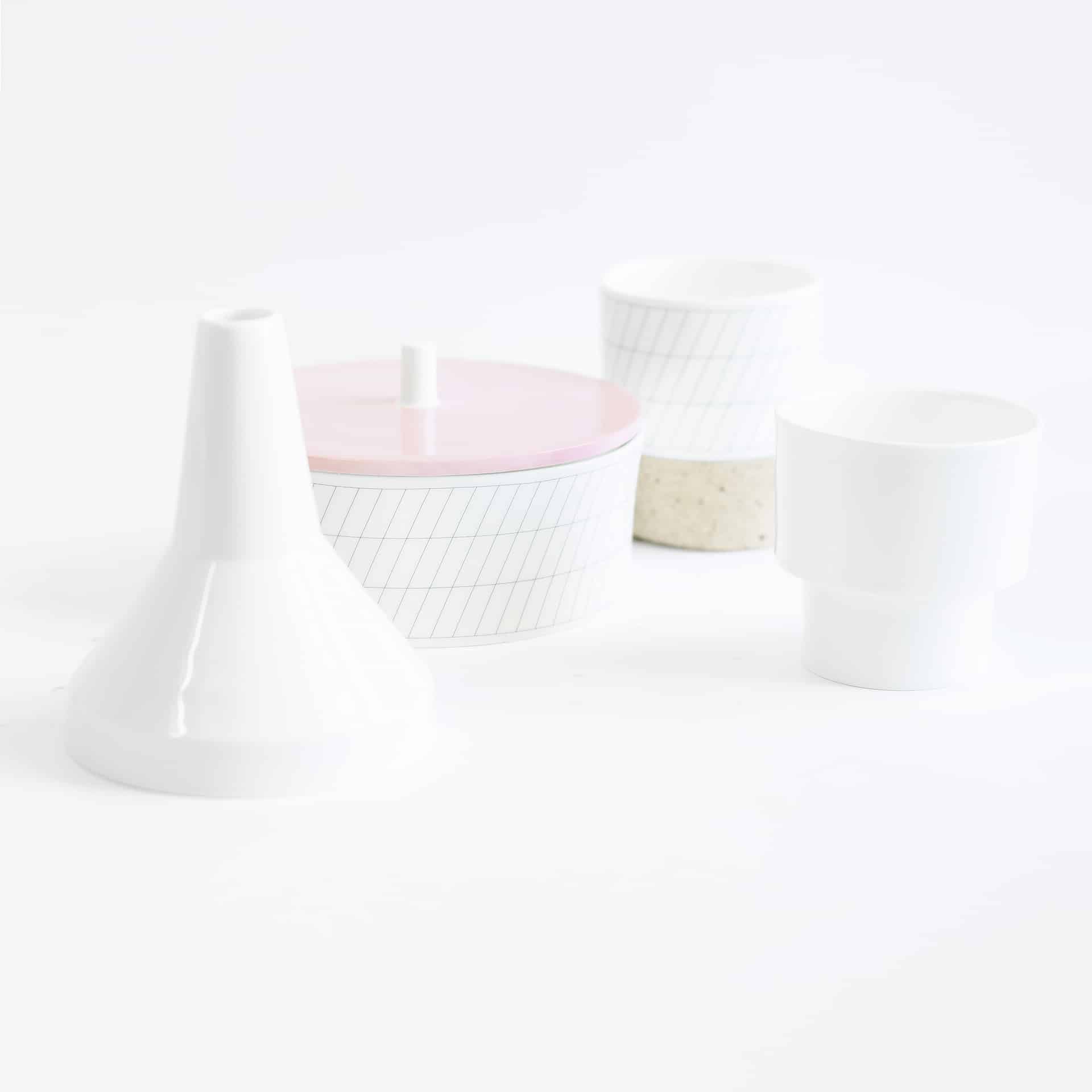
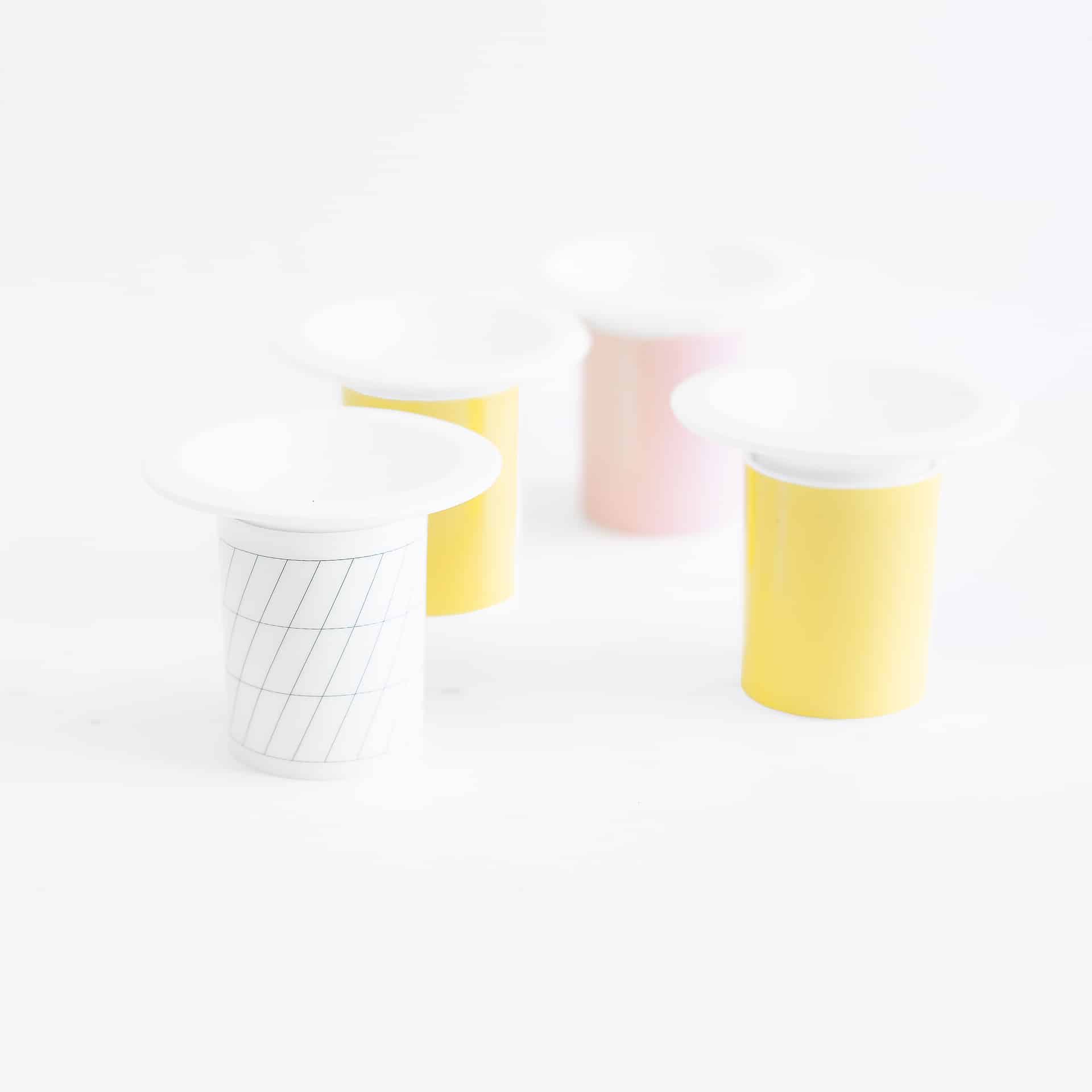
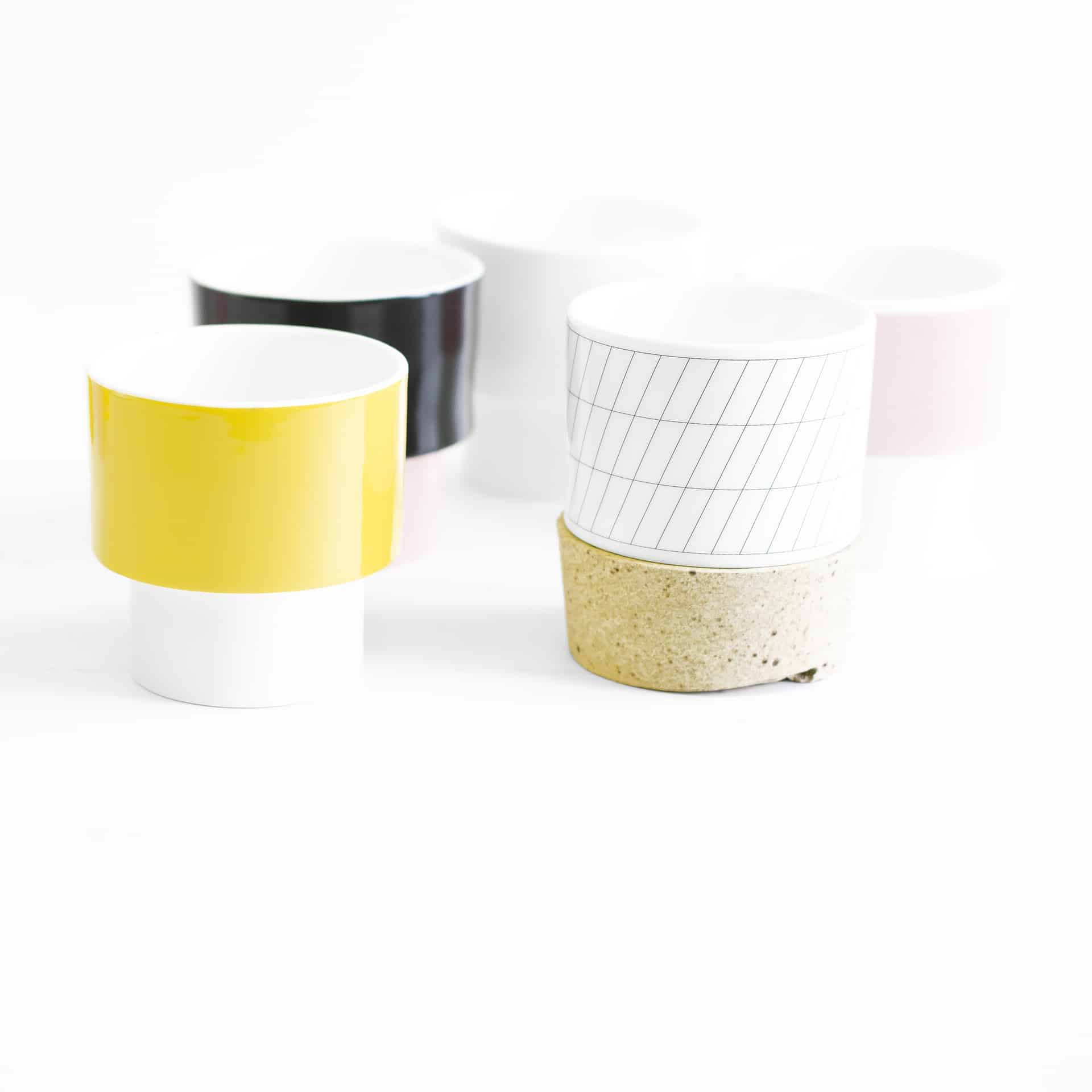
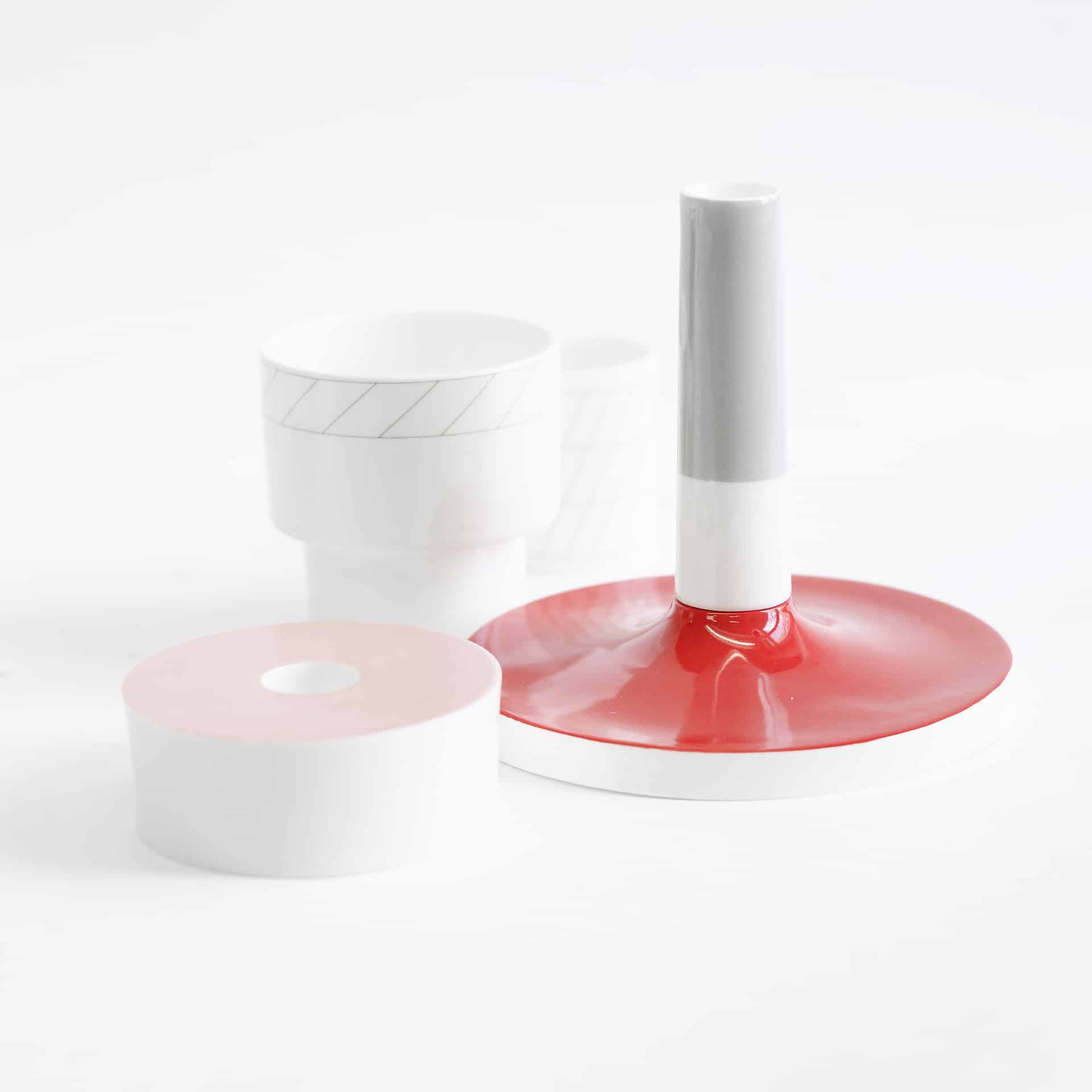
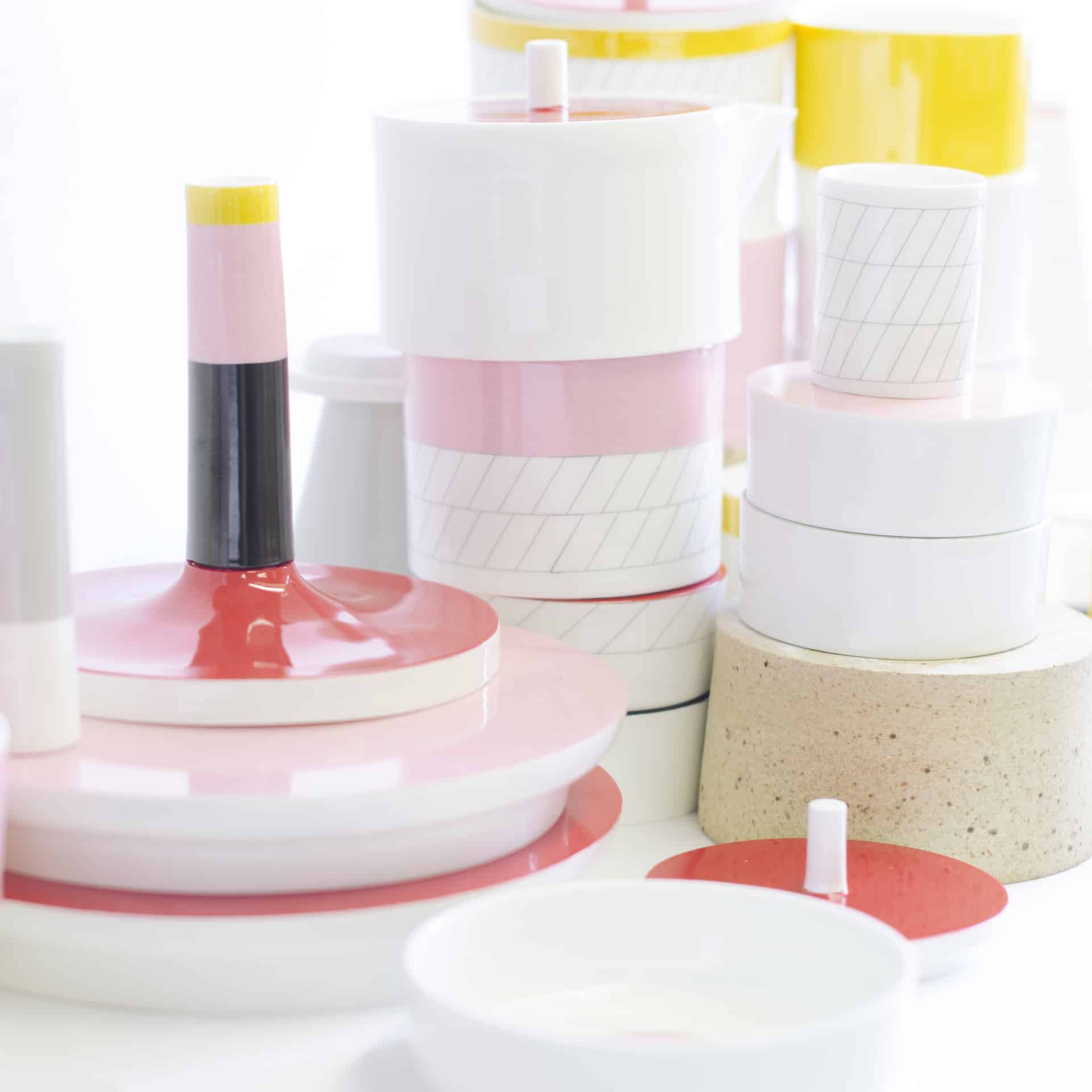
There is the period in ‘my’ Art while I’m lust for color decisions. I’d love to be more precise in the future creating different projects, be more efficient in idea performance, become more decisive, enthusiastic.
I think that in the present time, the creative human must try himself in different media, in different directions and styles, and seek something new without being frightened of experiments with unknown materials. The world does not stand still, and we should not forget this.
ART CAN CHANGE THE WORLD
To my mind, freedom of art is a principle, according to which the author of an artwork has the right to choose freely directions of his art, theme, and subjects for description, apply all kinds of graphic media and artistic methods, that he considers appropriate for achievement of his chosen creative goal.
Freedom of art can be seen as one of the manifestations of the fundamental principle of the freedom of word, which assumes the right of each individual for the free expression of one’s thoughts.
Art can change the world, it is a method that allows to create new ideas, invent, and expand the boundaries of imagination. I think that every artist must defend the freedom of self-expression. The artist who cannot express himself in art, who doesn’t desire to learn this, is defective, and will never become the real master.
I think that in the present time, the creative human must try himself in different media, in different directions and styles, and seek something new without being frightened of experiments with unknown materials. The world does not stand still, and we should not forget this.
I love your design and especially the story/process put on it. Great work!